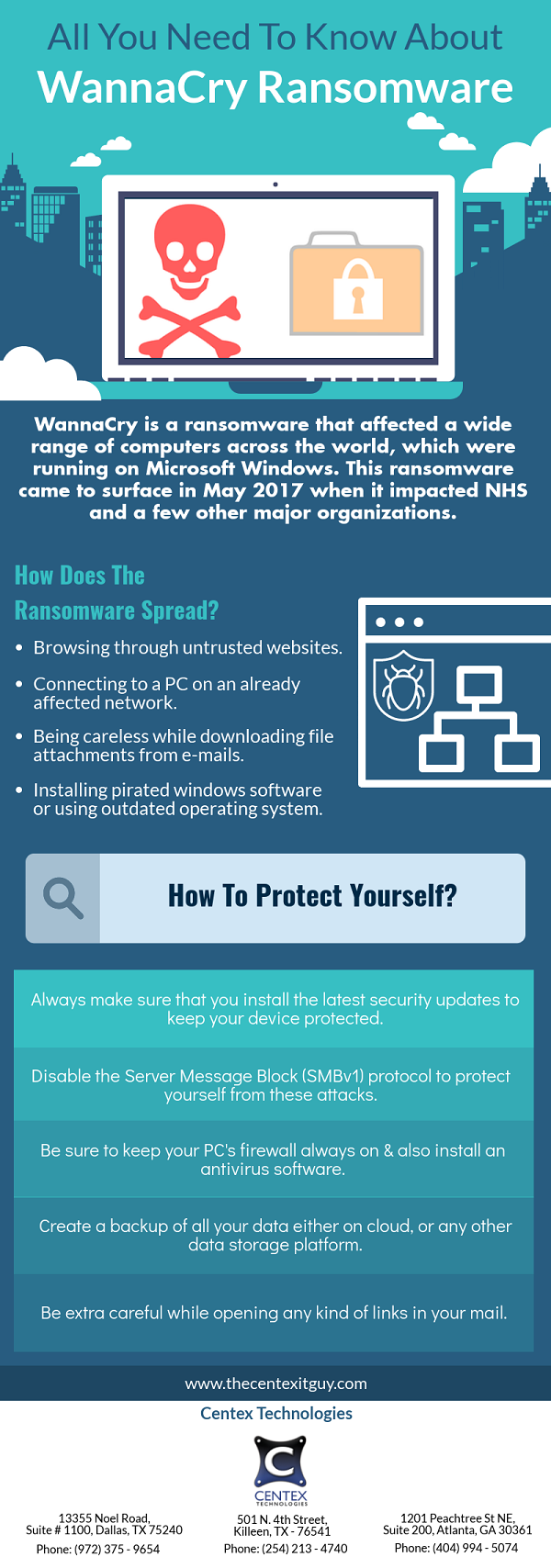Everyday millions of people use webcams for their personal or business meetings. Webcams allow people to do face to face interactions even when they are miles apart. With such great functionality, webcams have become an essential part of the standard equipment in offices and home these day.
However, “camfecting” i.e. the practice of hacking webcams is quite prevalent nowadays. It is extremely important to take proper steps to secure your webcam so that your privacy is not breached. Following are some ways which can prevent hackers to peek in through that lens.
- Turn On Webcam Notification Lights
Nowadays, most webcams have an inbuilt feature to assist the users. An LED notification light turns on whenever the camera is in use. This makes it easier to detect a webcam hack. Users can get to know if the camera is being used without their knowledge and take necessary steps to overcome this issue. - Update Your Webcam Software
If you wish to make your webcam secure, then it is important to make sure that it runs on the latest webcam software. The manufacturer fixes any security issues with each update. So download those updates every now & then. - Use Firewalls
A firewall protects your system by monitoring the incoming & outgoing network traffic. It acts as an additional layer of protection and helps in bypassing most attacks. - Don’t Click On Malicious Attachments
RAT (Remote Access Trojan) is a form of webcam hacking which gives hacker an access to user’s PC as well as its built- in webcam. The trojan is generally installed in computer when the user clicks on a malicious attachment containing malware sent by an unknown source. So be wary of any attachments sent by an unknown sender before clicking on them. - Unplug
A hacker may hack your webcam & spy on you. The best way to avoid this situation is to disconnect your webcam from the computer when it is not in use. By doing this you chop off the problem right at the root as no hacker can spy on you when your webcam is unplugged. - Keep A Regular Check
You might have installed a traditional antivirus software but such software’s are not really helpful in protecting you from a webcam malware. So it is vital to keep a check and regularly scan your computer for a webcam malware. - Cover It
It is always better to take preventive measures right in the beginning rather than regretting about it later. The smartest move is to cover your webcam with a black colored electrical tape. This will help you safeguard your privacy and prevent the hacker to gain a sneak peek into your life.
To know more about IT Security, call Centex Technologies at (254) 213-4740.

